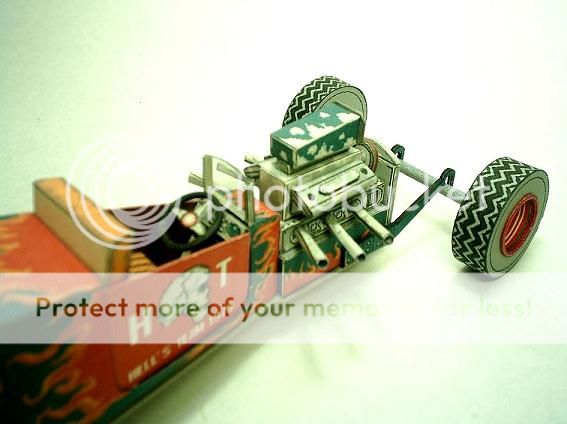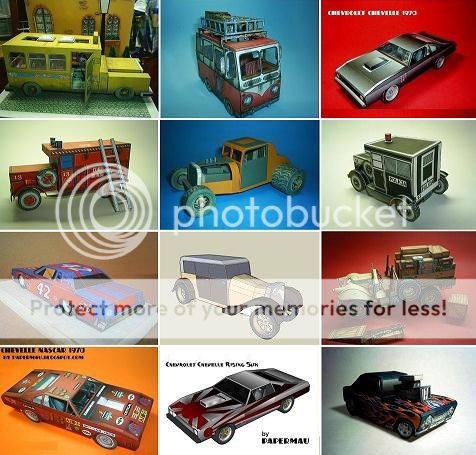 The Supermarine Spitfire
The Supermarine Spitfire is a
British single-seat
fighter aircraft that was used by th
e Royal Air Force and many other
Allied countries throughout the
Second World War. The
Spitfire continued to be used as a front line fighter and in secondary roles into the
1950s. It was produced in greater numbers than any other
British aircraft and was the only
British fighter in production throughout the war. The
Spitfire was designed as a short-range, high-performance interceptor aircraft by
R. J. Mitchell, chief designer at
Supermarine Aviation Works (since
1928 a subsidiary of
Vickers-Armstrong).
Mitchell continued to refine the design until his death from cancer in
1937, whereupon his colleague
Joseph Smith became chief designer. The
Spitfire's elliptical wing had a thin cross-section, allowing a higher top speed than several contemporary fighters, including the
Hawker Hurricane. Speed was seen as essential to carry out the mission of home defence against enemy bombers.
During the Battle of Britain, the
Spitfire was perceived by the public as the
RAF fighter of the battle, whereas in fact, the more numerous
Hurricane actually shouldered a greater proportion of the burden against the
Luftwaffe. The
Spitfire units did, however, have a lower attrition rate and a higher victory to loss ratio than those flying Hurricanes. After the
Battle of Britain, the
Spitfire became the backbone of
RAF Fighter Command, and saw action in the
European, Mediterranean, Pacific and the South-East Asian theatres. Much loved by its pilots, the
Spitfire served in several roles, including
interceptor, photo-reconnaissance, fighter-bomber, carrier-based fighter, and trainer. It was built in many variants, using several wing configurations. Although the original airframe was designed to be powered by a
Rolls-Royce Merlin engine producing 1,030 hp (768 kW), it was adaptable enough to use increasingly more powerful
Merlin and the later
Rolls-Royce Griffon engines; the latter was eventually able to produce 2,035 hp (1,520 kW). -
Wikipedia
 O Supermarine Spitfire
O Supermarine Spitfire foi o
avião de caça britânico mais famoso da
Segunda Guerra Mundial e o único caça aliado que operou durante todo o conflito. Projetado em
1936 por
Reginald Mitchell (criador, na década de
1920, do também famoso
Supermarine S6), entrou em serviço em agosto de
1938, na versão
Mk I. Seu nome do inglês
spit (cuspir) e fire (fogo), pode ser traduzido como
"cuspidor de fogo" e designa uma pessoa (especialmente mulher) de
temperamento explosivo. A fama deste caça afirmou-se com a
Batalha da Inglaterra, onde a sua performace nas médias e baixas altitudes (nas quais foram travados os principais combates) superou a do então principal caça
alemão, o Messerschmitt Bf 109. Embora no computo final da batalha se verifique que foram abatidos mais caças
britânicos do que
alemães, as perdas de aviões abatidos no total, contando-se os bombardeiros, impostas pela
Royal Air Force à Luftwaffe, através dos
Spitfire e Hawker Hurricane, frustrou os planos de
Adolf Hitler de obrigar a
Grã-Bretanha a assinar a paz segundo os seus termos.
No final de 1941, quando os
nazistas já estavam focados no seu principal objetivo,
a invasão da então União Soviética, foi introduzido o primeiro caça que igualava o
Spitfire em performance nas baixas altitudes e o superava nas médias e altas: o
alemão Focke-Wulf Fw 190. Por esta época o
Spitfire mk. V começou a ser produzido sob licença tanto nos
Estados Unidos da América quanto na
União Soviética. No segundo trimestre de
1942, em combates aéreos sobre
Papua-Nova Guiné e o norte da Austrália, constatou-se que este caça também estava superado pelo
Mitsubishi A6M Zero japonês. A resposta da
RAF foi o desenvolvimento versões mais potentes e consequentemente mais pesadas, depois do
Spitfire Mk. V, foi produzido em grande escala o
Spitifire Mk IX, que era comparável ao
Fw-190. -
Wikipedia
 |
| The Real Thing |
Link: WW2`s.Supermarine.Spitfire.PR.Mk.XIX.Aircraft.by.My.Execpc
More WW2 Aircraft related posts:
WW2 Hawker Tempest Mk. V Aircraft - via Kartonwork - Avião WW2
WW2 Czech Plane Avia B-135 - by Quasi - via Papermodelers.Sk
RWD-25 Poland Aircraft - by Modele Kartonowe - Avião Polonês WW2
WW2 P51 Mustang and Lublin R-XVI Airplanes - by Kartonmodelle














